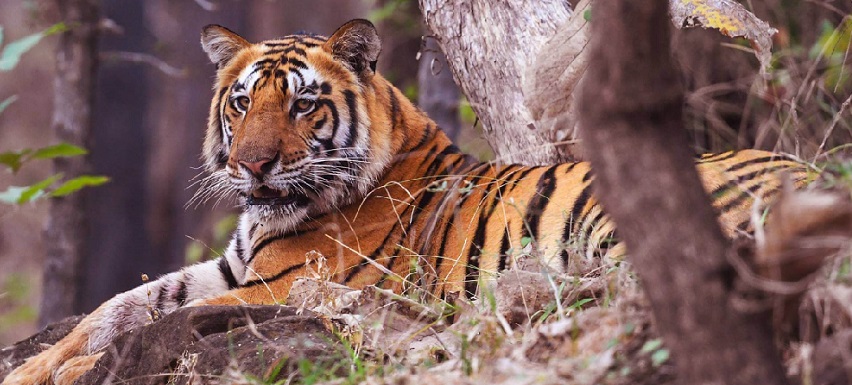Satpura National Park, nestled in the heart of central India, stands as an epitome of biodiversity and natural beauty. Beyond its diverse flora and fauna, the park's climate plays a pivotal role in shaping its ecosystems and providing a unique experience for wildlife enthusiasts. This blog delves into the captivating climate of Satpura, exploring the seasonal variations that contribute to its charm.
Summer (March to June):
As spring transitions into summer, Satpura National Park experiences a rise in temperatures. Daytime temperatures can soar, reaching up to 40 degrees Celsius (104 degrees Fahrenheit). The deciduous forests take on a dry, rustic appearance, creating a challenging yet rewarding environment for wildlife sightings. The park's water bodies become crucial hubs for animal activity, offering visitors a chance to witness diverse species congregating around these lifelines.
Monsoon (July to September):
The monsoon breathes life into Satpura, transforming the landscape into a lush green paradise. Rainfall is moderate, rejuvenating the vegetation and replenishing the numerous rivers and streams that meander through the park. The monsoon season, while enchanting, is not an ideal time for safaris as the terrain becomes muddy and challenging. However, the post-monsoon period unveils a refreshed and vibrant ecosystem, setting the stage for a captivating exploration.
Post-Monsoon (October to November):
With the receding monsoon, Satpura enters a post-monsoon phase marked by a gradual decrease in rainfall. The park begins to reopen for visitors, revealing a landscape adorned with fresh foliage. Temperatures become more comfortable, making it an excellent time for wildlife enthusiasts to embark on safaris. The scenery is lush, and the park's residents are active, creating an optimal setting for nature lovers.
Winter (December to February):
Winter blankets Satpura National Park in a cool embrace, with daytime temperatures ranging from 10 to 25 degrees Celsius (50 to 77 degrees Fahrenheit). The deciduous forests shed their leaves, exposing the intricate network of trees and offering better visibility for wildlife sightings. The crisp air and misty mornings add a serene charm to the park, making it an ideal time for visitors seeking tranquility and a more intimate connection with nature.
Conclusion:
Satpura National Park's climate is a dynamic force that orchestrates the ebb and flow of life within its boundaries. From the arid challenges of summer to the vibrant revival of the monsoon, each season contributes to the park's ecological balance. Exploring Satpura is not just a safari; it's an immersive journey through the diverse moods and nuances of nature's climate, offering a profound connection with the wild wonders that call this sanctuary home. Whether it's the bustling activity around water bodies in summer or the tranquil beauty of winter, Satpura National Park invites you to witness the ever-changing spectacle of life in the heart of central India.For Booking Satpura Jeep Safari call us and enjoy your jeep safari tour. For Booking Satpura Jeep Safari call us and enjoy your jeep safari tour.




